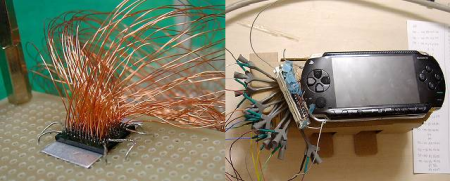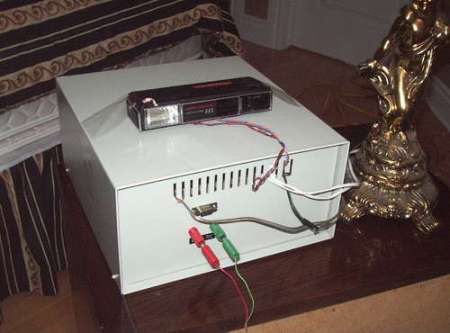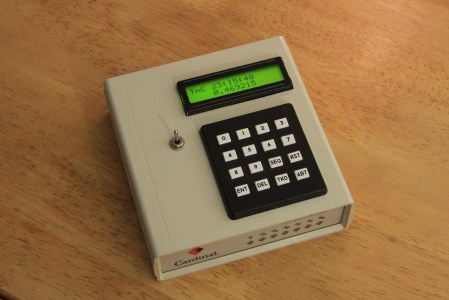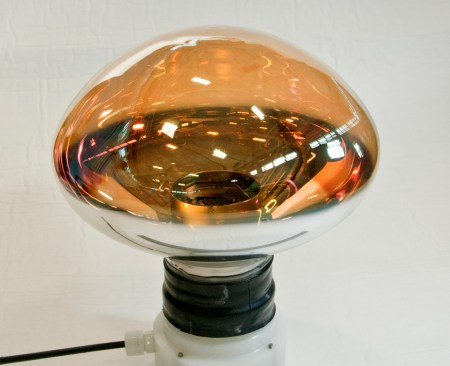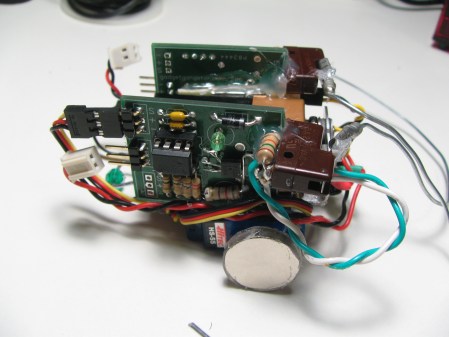
Freedombot is a neat little robot designed for exploring magnetic surfaces. It has two whiskers for detecting objects in its path and two rare earth magnets which allow it to stick to your fridge.
Overall Freedombot may not be anything revolutionary but its builder [skater_j10] does a good job of covering topics which my be interesting to robotics beginners. For example he goes through the process of modifying some HiTec HS- 55 Micro Servos for continuous rotation which allows them to act as the wheels. To control the bot he uses two 555 timers wired up in astable mode to generate the needed PWM for the servos. The proximity sensors are simple limit switches with some wire soldered on to the end. The end result is a neat little robot for roaming the front of your fridge. See a video of it in action after the break.
This happens to be [skater_j10]’s entry into the 555 timer contest. Unfortunately the deadline has passed for new entries but be sure to swing by and check out some more awesome 555 hacking.

